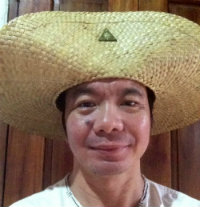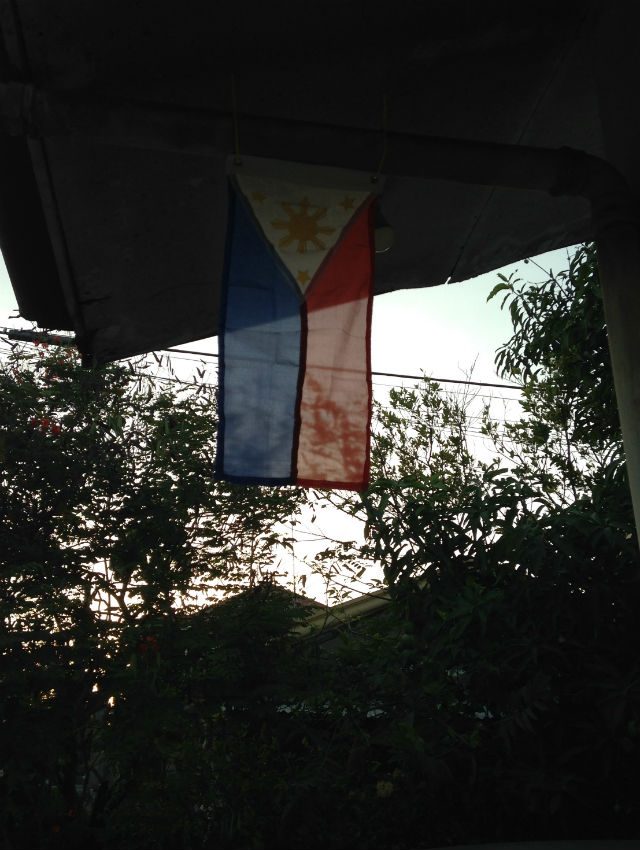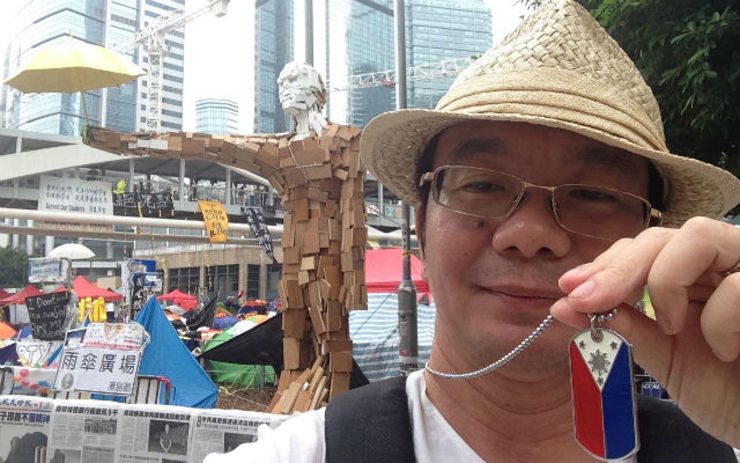SUMMARY
This is AI generated summarization, which may have errors. For context, always refer to the full article.
 On a brief trip to Hong Kong last October, I dropped by the main pro-democracy protest site at the Admiralty district to write about it – and to kibitz as well. It was a quiet day that day, so I didn’t go back to Manila with a lump on the head.
On a brief trip to Hong Kong last October, I dropped by the main pro-democracy protest site at the Admiralty district to write about it – and to kibitz as well. It was a quiet day that day, so I didn’t go back to Manila with a lump on the head.
One of the things that struck me was how much democracy meant to the demonstrators. All they wanted was the freedom to have election candidates not prescreened by Beijing. Along the way, they learned other freedoms as well – the freedom to think for their own selves, to speak, to question their leaders, to challenge their government.
One Post-It note plastered on the wall of the main government building said it all: “Protect HK from being Chinalised.”
I felt fortunate to have come from a free country, very well aware that Hong Kong was the birthplace of the Philippine flag, in 1898 when General Emilio Aguinaldo and other revolutionary leaders were exiled there.
Our history books narrate that the flag was sewn at the home of Marcela Agoncillo at 535 Morrison Hill, with assistance from her daughter Lorenza and Delfina Herbosa de Natividad, a niece of the martyr Jose Rizal. That scene was immortalized in a painting, “The Making of the Philippine Flag,” by Fernando Amorsolo (1892-1972).
We know that it flew from the center window of the Aguinaldo mansion on June 12, 1898 (the so-called Independence Balcony wasn’t built until 1919). We know that it was displayed at the Malolos Congress. But for most Filipinos, that’s about it.
There is so much more to the story behind our nation’s flag that I wish we Filipinos would know and keep it mind. Because if we do, we would have a deeper understanding and appreciation of our country – where we came from as a people and why we are here.
And, hopefully, it would inspire Filipinos to think more about their country.

I proudly display the flag outside my home mainly because it is our banner of freedom. It is a statement that we, as a people, have a revolutionary tradition. The fact that Aguinaldo commissioned the flag, in anticipation of the resumption of the Philippine Revolution, made it the symbol of our struggle to be a free people.
The flag didn’t make its debut on June 12, 1898, Independence Day, contrary to popular belief. It first flew two weeks earlier, on May 28, at the Battle of Alapan, in the province of Cavite. That is why May 28 is celebrated today as the start of Flag Days, culminating on Independence Day.
After June 12, our flag went on to see many a battle in the Philippine-American War (1899-1902), and the American colonial government correctly saw the flag as a symbol of the revolution.
In 1907, the Americans passed the Flag Law, which banned the public display of the Philippine flag. The colonial government became worried that the flag might inflame nationalist passions and reignite the Philippine-American War.
In July 1907, when elections were held for the deputies of the Philippine Assembly, the local legislature set up by the Americans to give the Filipinos limited self-rule, the Americans noted uneasily that the Philippine flag was everywhere during the election campaign.
The ban ended on October 30, 1919, when the US governor-general, Francis Burton Harrison, declared the observance of “Flag Day.”
Amid the euphoria, he noted: “I realize how much this day must mean to General Aguinaldo and his brave comrades-in-arms to see flying in the breeze once more that flag which waved over so many a hard-fought battle…but it is equally touching to me to see the little children marching through the streets of Manila bearing lively with honor for the first time in their lives that flag, the symbol of the first Filipino Republic.”

If our flag was good enough for our revolutionaries, therefore, it should be good enough for me. That is why every day is Flag Day outside my home.
Now, as our country is confronted by another foreign power for the first time since World War II, displaying the flag is my personal public statement to China’s intrusion into Philippine territory.
Our colors don’t run.
That was why, while I was strolling about Hong Kong’s Admiralty district, I came upon a makeshift statue symbolizing the pro-democracy Umbrella Movement, took out my necklace with a Philippine flag pendant, and took a triumphant selfie.
In my heart, I let out a scream that our revolutionaries once cried out in defiance: Viva la Revolucion Filipina! – Rappler.com
Norman Sison is a freelance journalist. He writes mostly about Filipiniana, as well as issues affecting the nation. A history buff, Sison is also into historical reenactments.
Add a comment
How does this make you feel?
There are no comments yet. Add your comment to start the conversation.